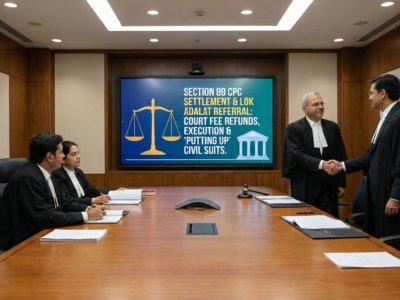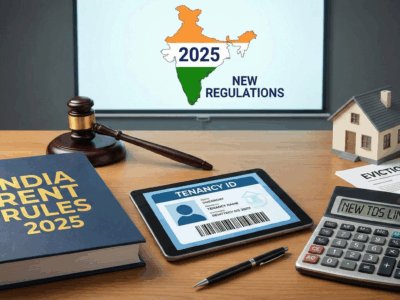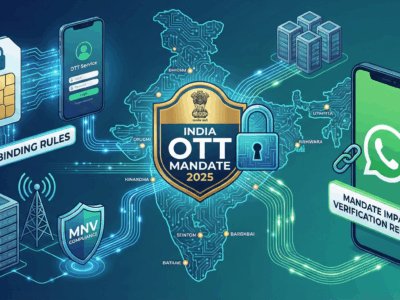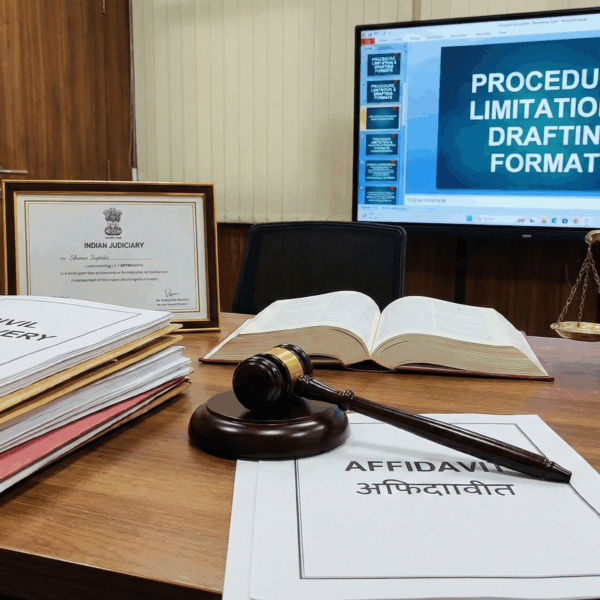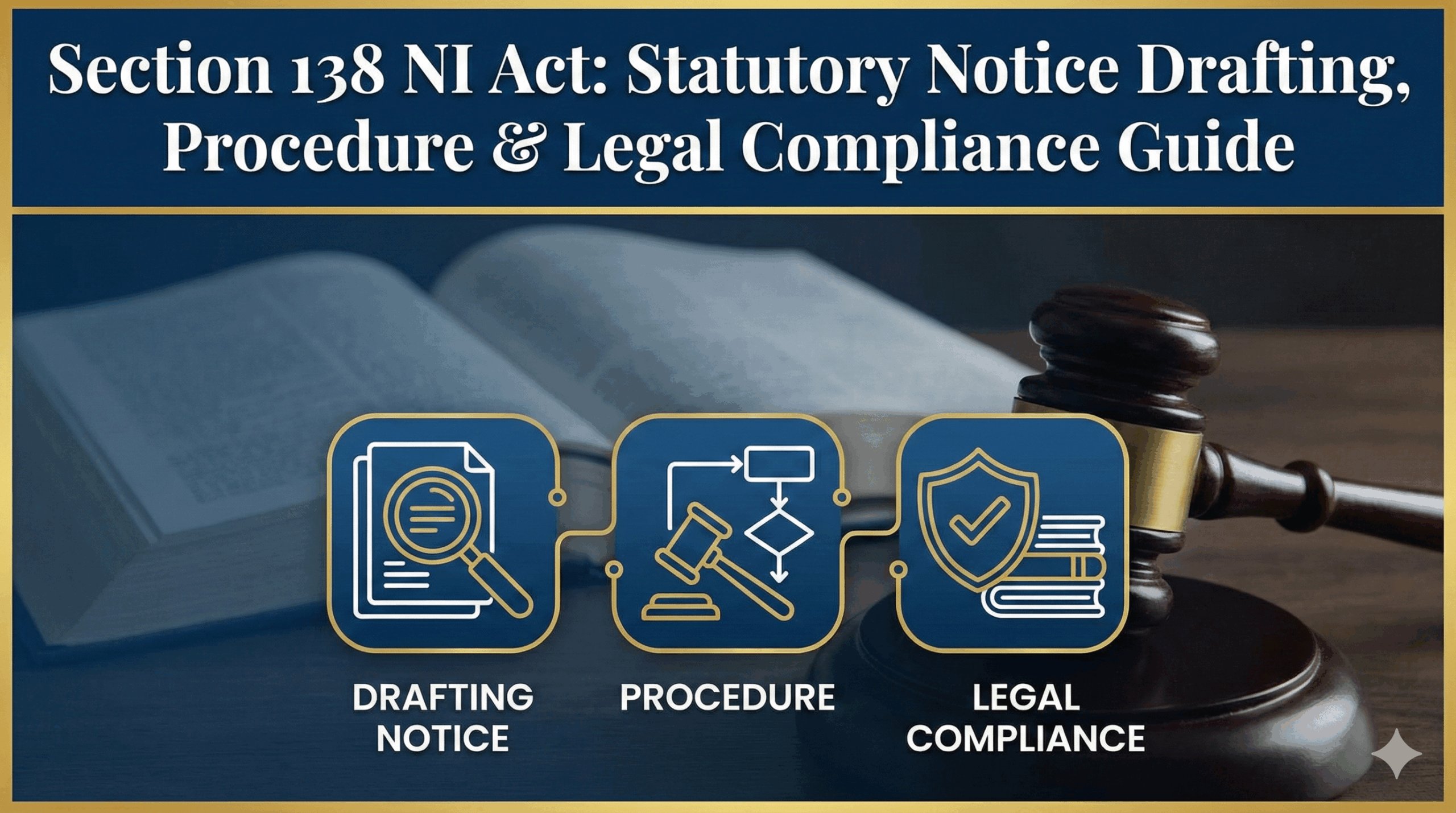Navigating India’s complex surrogacy laws can be challenging, especially for LGBTQ+ individuals. Our in-depth guide breaks down the Surrogacy (Regulation) Act, 2021, analyzes key Supreme Court rulings, and explores the ongoing legal battles shaping the future of reproductive rights in India. With interactive charts and clear infographics, we provide an unambiguous answer to whether LGBTQ+ couples are eligible for surrogacy and what the road ahead looks like.
Disclaimer
This webpage provides a general legal analysis for informational purposes only and does not constitute legal advice. Consult with a qualified legal professional for advice on your specific situation.
An In-Depth Analysis by evaakil.com
A Landscape of Contradiction:
Surrogacy for LGBTQ+ Couples in India
The Surrogacy (Regulation) Act, 2021, aimed to end exploitation but created a restrictive, heteronormative framework. This guide unpacks the complex legal reality where constitutional rights and statutory law collide.
Filter Content:
Part I: The Statutory Framework
The ineligibility of LGBTQ+ couples isn't an oversight; it's built into the very foundation of India's surrogacy laws. The system rests on two interlocking acts that function as twin pillars of regulation.
The Twin Pillars: SRA and ART Act
Regulation rests on two companion laws: the Surrogacy (Regulation) Act, 2021 (SRA) and the Assisted Reproductive Technology (Regulation) Act, 2021 (ART Act).
- The **ART Act** provides the broad framework for all assisted reproductive technologies like IVF, governing clinics and gamete banks.
- The **SRA** is a specific law that exclusively governs the practice of surrogacy, imposing a much stricter set of rules.
- This means a person might be eligible for IVF under the ART Act but barred from surrogacy under the SRA.
The Definitional Wall: Who Can Be an "Intending Parent"?
The SRA systematically excludes LGBTQ+ individuals through a series of narrow, interlocking definitions in Section 2 of the Act. This is the cornerstone of the exclusion.
| Term | Statutory Definition (SRA, 2021) | Legal Implication |
|---|---|---|
| "Couple" [Sec 2(h)] | "the legally married Indian man and woman..." | Explicitly heterosexual and marital. Excludes same-sex, unmarried/live-in partners. |
| "Intending Couple" [Sec 2(r)] | "a couple who have a medical indication necessitating gestational surrogacy..." | Inherits the restrictive definition of "couple". |
| "Intending Woman" [Sec 2(s)] | "an Indian woman who is a widow or divorcee between the age of 35 to 45 years..." | Excludes unmarried women and does not apply to lesbian couples. |
The Gauntlet of Eligibility (Section 4)
Beyond definitions, prospective parents must obtain two certificates by meeting a host of cumulative conditions.
1. Certificate of Essentiality
A medical certificate confirming a proven need, such as:
- Absence of a uterus.
- Repeated IVF failure.
- Illness making pregnancy life-threatening.
2. Certificate of Eligibility
A certificate confirming personal conditions:
- Nationality: Indian citizens.
- Age Limits: Woman (23-50), Man (26-55).
- Marital Status: Legally married.
- No Surviving Child: (with exceptions).
Gamete Contribution Rules
A crucial rule (amended Feb 2024) requires a genetic link: the child must be genetically related to at least one intending parent.
Part II: The Supreme Court's Verdict
The SRA's rules interact directly with the legal status of same-sex relationships, which has been definitively settled by the Supreme Court.
The Foundation: *Navtej Singh Johar* (2018)
This landmark case decriminalized homosexuality by reading down Section 377. It affirmed that LGBTQ+ individuals have fundamental rights to equality, dignity, and privacy. However, it was limited to decriminalization, setting the stage for the next legal battle over civil rights.
Interactive Timeline: Key Legal Milestones
The Decisive Ruling: *Supriyo Chakraborty v. Union of India* (2023)
This pivotal "marriage equality" case resulted in several key declarations:
- No Fundamental Right to Marry: The Court unanimously ruled that marriage is a statutory creation, and only Parliament can alter its definition.
- No Judicial Recognition of Civil Unions: By a 3:2 majority, the Court declined to create a new legal framework for civil unions, deeming it a legislative task.
- Finality Confirmed (Jan 2025): The Court dismissed review petitions, cementing the *Supriyo* judgment as the final law of the land.
Part III: The Inevitable Conclusion
The collision of the SRA's rigid text and the Supreme Court's marriage equality verdict leads to one clear outcome: LGBTQ+ couples are legally barred from surrogacy in India.
Infographic: Collision of Legal Realities
Surrogacy Act (SRA)
Requires intending parents to be a "legally married man and woman".
Supreme Court Ruling
Confirms same-sex marriage is not legally recognized in India.
Unavoidable Result:
LGBTQ+ couples are statutorily ineligible for surrogacy.
Myth vs. Fact: Common Misconceptions
Myth: The "Intending Woman" clause is a loophole.
Fact: This is not a loophole. The law [Sec 2(s)] is explicit: it applies only to widows or divorcees aged 35-45, not unmarried women.
Myth: Live-in relationships are recognized for surrogacy.
Fact: While sometimes recognized in other contexts, they do not meet the SRA's strict requirement of being "legally married". The government has confirmed this in court.
Myth: The government's position is unclear.
Fact: The government's stance is crystal clear. Official FAQs and court affidavits defend the exclusion, stating the law's intent is to provide a child with a "complete family" based on a traditional model.
Part IV: The Road Ahead & Legal Challenges
The law may be clear, but it's not settled. The SRA is facing numerous constitutional challenges in the Supreme Court, arguing it violates fundamental rights by enforcing "public morality" over "constitutional morality."
Infographic: The Constitutional Arguments
Violation of Article 14 (Equality)
The law creates "unreasonable classifications" based on marital status, sexual orientation, and gender with no rational link to the goal of preventing exploitation.
Violation of Article 21 (Life & Liberty)
The law infringes on the fundamental right to reproductive autonomy and the right to found a family, imposing the state's "ideal" family concept on individuals.
The Current Battlefield: Petitions Before the Supreme Court
The fight has pivoted from marriage equality to establishing parenthood as a right independent of marriage.
Challenge by Single/Divorced Men
A petition filed in April 2025 by a divorced man challenges the law as blatant gender discrimination, since divorced women are eligible but men are not.
Challenge by Unmarried Women
Multiple petitions argue that excluding unmarried women is arbitrary discrimination based on marital status, violating Articles 14 and 21.
While these cases are not brought by LGBTQ+ individuals, a favorable ruling on the principle that marital status is irrelevant for parenthood could create a powerful precedent for future challenges by same-sex couples.
Part V: A Global Perspective
India's exclusionary stance is a policy choice, not a necessity. Other democracies with altruistic surrogacy models have successfully embraced inclusivity. This comparison highlights that prohibiting commercialization and upholding equality are not mutually exclusive goals.
Interactive Chart: Global Surrogacy Models
Hover over the segments to see examples.
How India Compares: Altruistic Models
| Country | LGBTQ+ Eligibility | Key Feature |
|---|---|---|
| United Kingdom | Yes (since 2010) | Requires a post-birth "parental order" from a court to transfer legal parentage. |
| Canada | Yes (Universal) | Eligibility is universal; provincial laws allow intended parents to be recognized at birth. |
| India | No | Restricted to married heterosexual couples, widows, and divorcees under strict conditions. |
Conclusion: An Unstable Legal Ground
Under the current law, the answer is clear: LGBTQ+ couples are ineligible for surrogacy in India.
However, this legal reality is unstable. The SRA's 19th-century vision of family clashes with 21st-century constitutional values. The future will be shaped by ongoing court battles and the potential for reform.
Infographic: Pathways to Reform
Legislative Reform
Parliament amends the SRA to be neutral in terms of gender, sexual orientation, and marital status.
Amend Sec 2(h) & 2(s)
Judicial Intervention
Supreme Court strikes down discriminatory sections of the Act as unconstitutional, opening eligibility without new law.
Void discriminatory clauses




